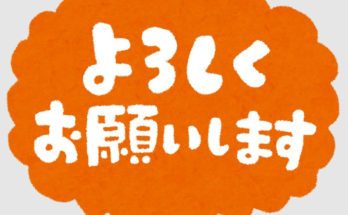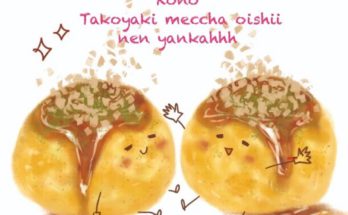Are you familiar with these three Japanese plants 松 (matsu), 竹 (take), and 梅 (ume)? These are pine, bamboo, and Japanese plum respectively. Japanese people often refer to them altogether as 松竹梅 (shou-chiku-bai), a combination symbolizing longevity, vitality, and grace. In this article, I would like to share with you some interesting meanings related to pine, bamboo, and Japanese plum.
Pine, Bamboo, Japanese Plum (松竹梅)
Firstly, let me explain the characteristics of each plant briefly. Pine trees are evergreen and have lush foliage even in winter, making them a symbol of longevity. Bamboo is flexible, hard to break, grows straight to the sky, and is rooted in the ground. Its remarkably rapid growth makes it a symbol of the prosperity of one’s descendants. Japanese plum trees are among the first to blossom as spring approaches, with their colorful flowers representing nobility, integrity, and refinement.
These pine, bamboo, and Japanese plum trees have long been admired in China, where they were called 歳寒三友 (saikan sanyu), which means “three friends of winter,” representing the fact that they have vitality even in the harsh cold of winter. These three plants were brought to Japan as motifs in paintings during the Heian period (794-1185) and eventually were called shou-chiku-bai (松竹梅) as a symbol of auspicious plants among the general public.
Kadomatsu
Kadomatsu is one of several New Year decorations. It is displayed in front of the gates to welcome the god of the New Year (年神様 toshigami-sama). At first, only pine trees were decorated in the Heian period (794-1185), and bamboo was added in the Muromachi period (1333-1573), then these two became the basic form of the kadomatsu. Later, during the Edo period (1603-1868), Japanese plum became part of the kadomatsu.

Kadomatsu is the auspicious combination of plants, shou-chiku bai (松竹梅), decorated with pine for longevity, bamboo for prosperity, and Japanese plum for elegance, wishing for safety and happiness in the New Year. The number of bamboo stalks in a kadomatsu is fixed at three, which is an auspicious odd number. Nowadays, a range of kadomatsu can be seen, from simple ones at residences to gorgeous ones at stores and offices.
The Order of Pine, Bamboo, and Japanese Plum
The order of these three words is fixed and has a special meaning. This combination is often used as a name for the three levels of quality or price of a product offered by a restaurant. For example, instead of writing 「特上」(extra high),「上」(high), and「並」(medium) on a menu in a sushi or an eel restaurant, it would be written as 「松」(pine),「竹」(bamboo), and「梅」(Japanese plum). In this way, the lowest-priced「並」can be ordered without hesitation. Interestingly, there is no superiority or inferiority between these three plants. It is said that the order is determined by the date when the plants were first brought over from China, or simply because they are easier to pronounce. Shouchikubai (松竹梅) is also a brand name for sake.

The term 松竹梅 (shouchikubai) is familiar to the Japanese, and I would like to delve into each plant with respect to how it is associated with Japanese culture.
Pine (松)

Pine trees are very familiar to the Japanese, can be found in parks and gardens, and can always be seen around castles. Some pine forests lining the coastline are designated scenic spots, attracting many people with their majestic scenery. On the other hand, the pine tree is a typical tree of bonsai, which is a miniature potted tree. Many people are fascinated by the shapes of the branches and the skills of the gardener. If you want to know why pine trees were planted around castles and more about bonsai, please read Toshie’s article.
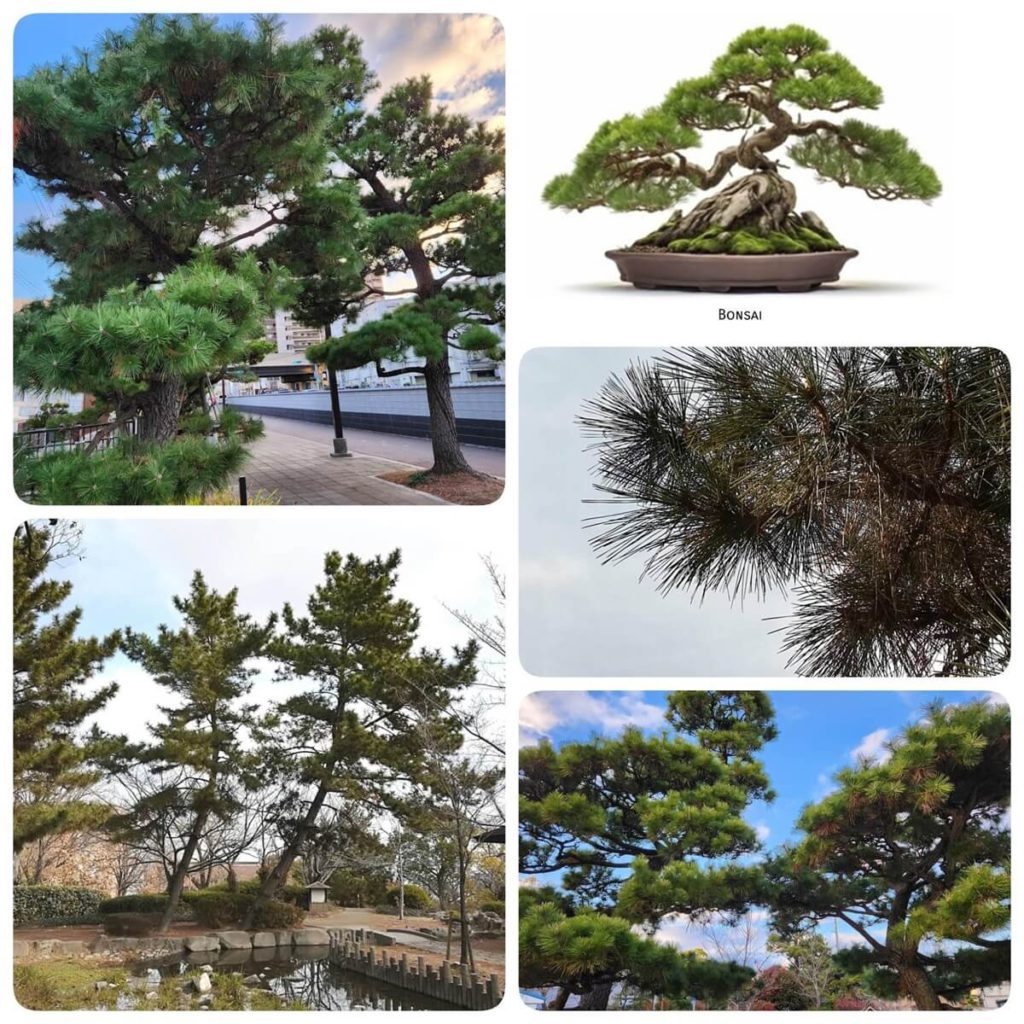
Bamboo (竹)
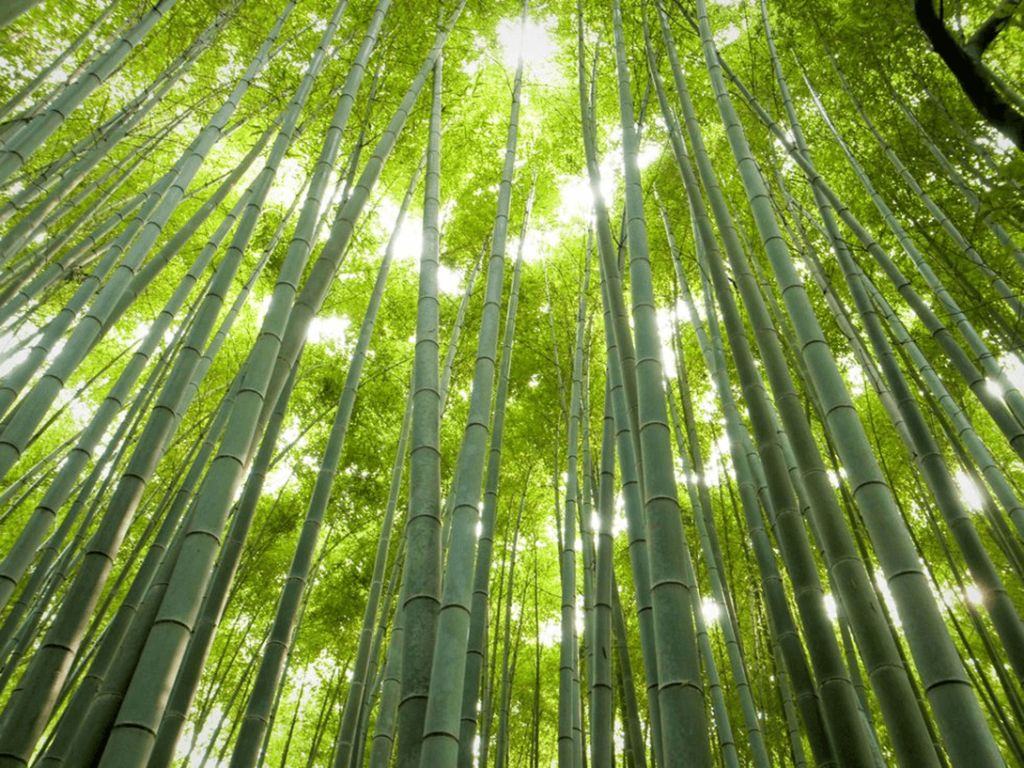
As well as pine forests, well-maintained bamboo forests are also a picturesque sight. You will be overwhelmed when you see the bamboo growing straight up towards the sky. Some can reach 20 meters in height, with a record growth of up to 120 cm in a single day. Bamboo appears in many folktales. The “Taketori Monogatari” (竹取物語), also known as “Kaguyahime” (Princess Kaguya), is Japan’s oldest storytelling literature and is one of the country’s best-loved tales.
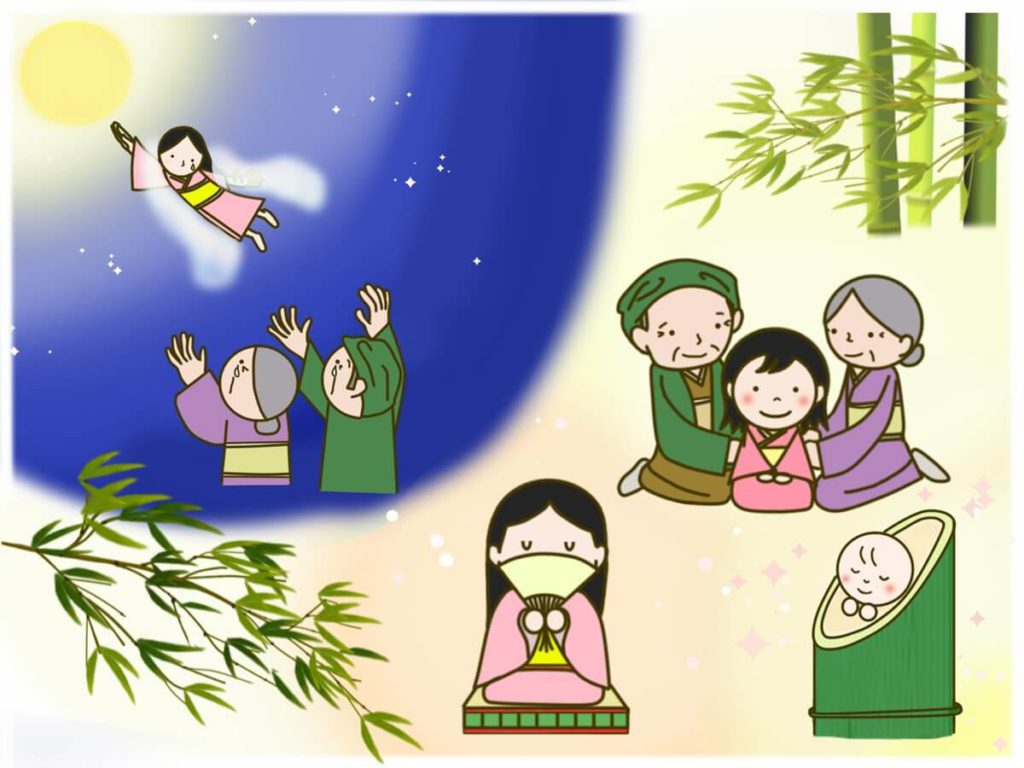
There is a Japanese expression “takeo watta yona seikaku” (竹を割ったような性格), which literally means “the personality of split bamboo.” What kind of person do you have in mind? Bamboo cannot be broken by bending it, but it cuts straight and cleanly when split vertically. So it refers to a person who is honest, authentic, open-hearted, straightforward and doesn’t get hung up on anything.
Interestingly, bamboo is neither a grass nor a tree but rather has unique properties. Since ancient times, various tools have been made from bamboo by cutting, peeling, bending, and weaving. Bamboo products are still widely used and deeply rooted in our daily lives and culture, as it is used not only for daily necessities such as baskets, strainers, and toys, but also tools for tea ceremonies and flower arrangements that represent Japanese culture, musical instruments such as flutes and shakuhachi, and martial arts equipment such as bamboo swords and bows.

Let me introduce a traditional bamboo-copter toy called a “taketombo” (bamboo dragonfly). You can launch it into the air by spinning it between your palms. It is simple yet entertaining. You may associate it with the “takekoputah,” one of Doraemon’s tools.
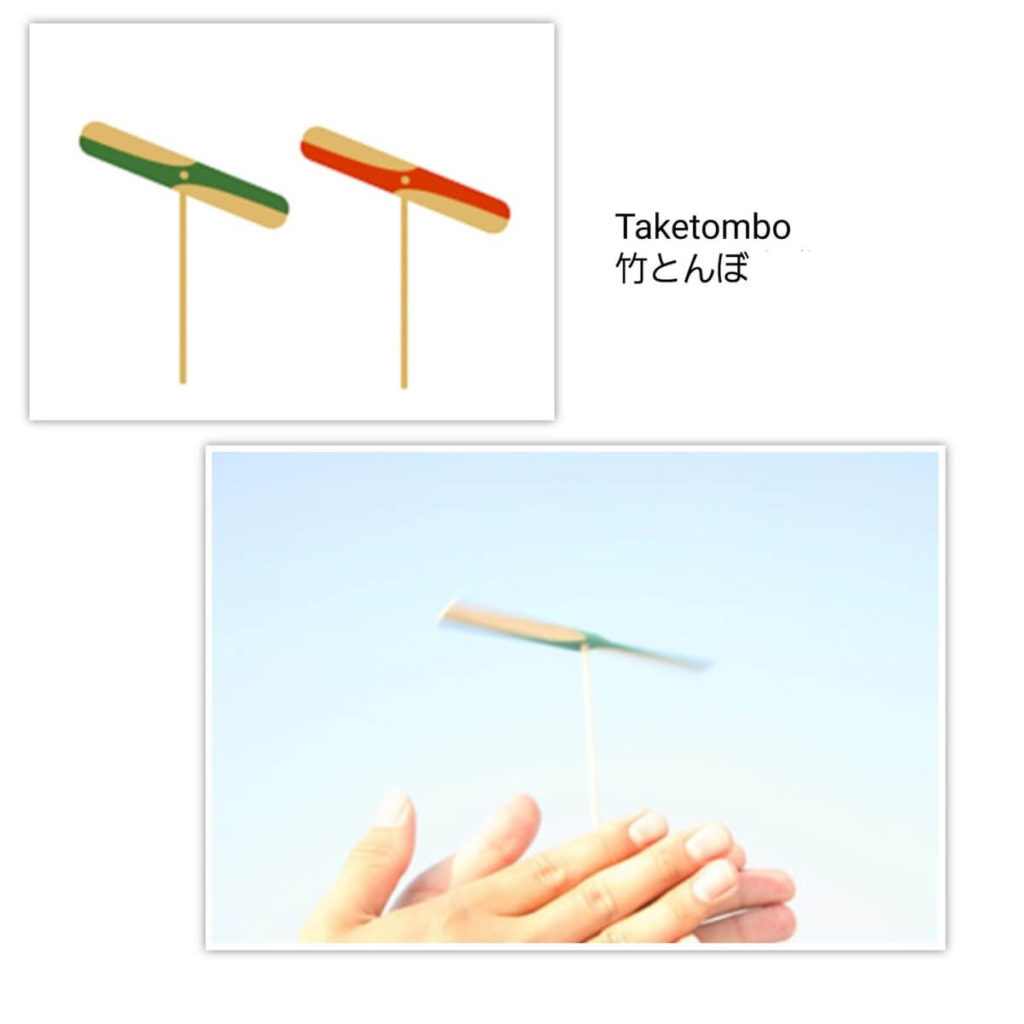
Japanese Plum (梅)
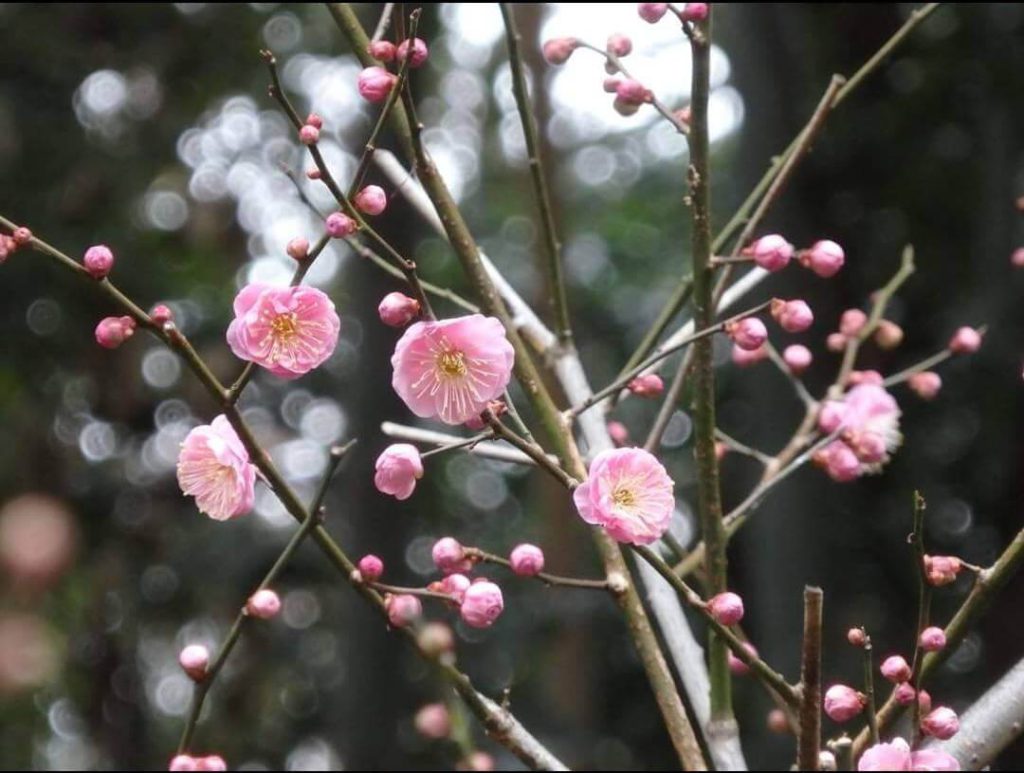
“Ume”(梅) is translated into plum; however, it is very different from its equivalent in the West. Also, ume blossoms are generally less well-known or recognized in the West. While cherry blossoms are popular as one of Japan’s most iconic flowers, ume blossoms were loved by people and appeared more frequently in Manyoshu (万葉集), Japan’s oldest poetry collection.
Ume blossoms typically bloom earlier in the year than cherry blossoms, despite the lingering cold of late winter. This characteristic is regarded as a symbol of endurance and perseverance. Ume blossoms are known for their delicate fragrance and subtle beauty. Unlike cherry blossoms, which have a very dense and voluminous appearance, ume blossoms don’t bloom densely but rather sparsely, creating a serene and elegant atmosphere.

Lastly, I’d like to share a legend of ”a flying plum tree” (飛梅) with you. Sugawara no Michizane (菅原道真), a nobleman from the Heian period, had a deep love for plum blossoms. When he was exiled from Kyoto to Fukuoka, far away from his beloved plums, he composed a poem bidding farewell to them. It is said that the plum tree flew from Kyoto to Fukuoka overnight to be with him. This plum tree, known as Tobiume (飛梅), still blooms earlier than the other plum trees every year at Dazaifu Temmangu Shrine (太宰府天満宮), which is now famous for worshipping Sugawara no Michizane as the god of learning.
Thank you for reading to the end. It is very interesting to look into the origin of the things that are considered auspicious. Mostly, they have been passed down since ancient times. If you are interested in other lucky items in Japan, please refer to my past articles on cranes and daruma.

Lives in Takatsuki city, Osaka. Has been engaged in English for work and fun for years.


